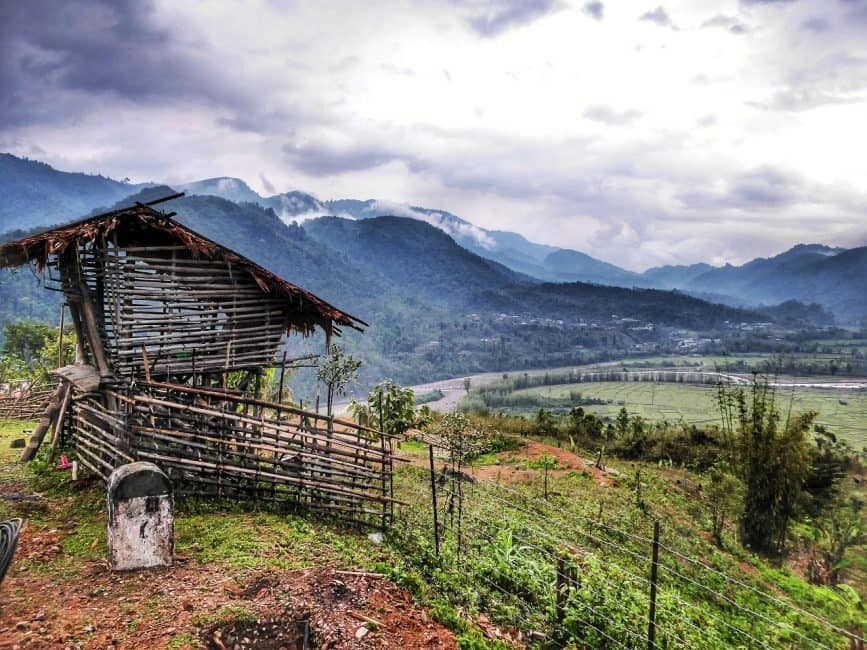Nestled in the northeastern corner of India, Sikkim is a state renowned for its breathtaking landscapes and rich cultural tapestry. Among its many treasures, the monasteries, temples, and other sacred sites hold a special place, offering visitors a glimpse into the spiritual and historical essence of this unique region. From ancient monasteries perched on serene hilltops to vibrant temples that serve as centers of community and worship, Sikkim’s living heritage is a testament to its enduring traditions and spiritual legacy.
Monasteries: Sanctuaries of Peace and Spirituality
Sikkim's monasteries are among the most iconic symbols of its spiritual heritage. These monasteries, predominantly belonging to the Tibetan Buddhist tradition, are not only places of worship but also centers of learning and cultural preservation. Among them, the Rumtek Monastery, located about 24 kilometers from Gangtok, stands out as a major pilgrimage site. Established in the 16th century, this monastery is renowned for its grand architecture and its role as the seat of the Karmapa, the head of the Karma Kagyu lineage of Tibetan Buddhism. The monastery's vibrant murals, intricate woodwork, and serene ambiance offer a profound spiritual experience for visitors.
The Tashiding Monastery, perched on a hill overlooking the Rangit River, is another gem of Sikkim's religious heritage. Established in the early 18th century, this monastery is celebrated for its annual Bhumchu festival, which attracts devotees from far and wide. The monastery's unique setting amidst lush greenery and its significance in Sikkimese Buddhism make it a must-visit for those seeking to understand the depth of the region's spiritual practices.
For a comprehensive experience of Sikkim's monasteries, consider opting for a Gangtok tour package for 3 days. This package often includes visits to several prominent monasteries, providing an excellent overview of Sikkim's monastic heritage. Such tours typically cover key sites like the Enchey Monastery, a smaller yet historically significant monastery located in Gangtok itself. Enchey Monastery, established in 1909, is known for its distinctive architectural style and its role in the local Buddhist community.
Temples: Symbols of Cultural Continuity
While monasteries reflect the Buddhist heritage of Sikkim, temples represent the Hindu traditions that are also deeply embedded in the region's cultural fabric. The Kali Temple, dedicated to the goddess Kali, is a prominent Hindu temple situated on a hill overlooking Gangtok. Its location provides not only a spiritual experience but also panoramic views of the city and the surrounding landscapes. The temple's annual festival, which celebrates the goddess with vibrant rituals and community gatherings, showcases the rich Hindu cultural traditions of Sikkim.
Another significant Hindu site is the Hanuman Tok Temple, dedicated to Lord Hanuman. This temple, located about 11 kilometers from Gangtok, is a popular pilgrimage destination and offers stunning views of the Kanchenjunga range. The temple's serene atmosphere and its cultural significance make it an important part of Sikkim's religious landscape.
Beyond the Sacred Sites: Cultural and Historical Insights
Sikkim's living heritage extends beyond its monasteries and temples to encompass a variety of cultural and historical elements. The state’s traditional festivals, such as Losar (Tibetan New Year) and Bhumchu, offer a vibrant display of Sikkimese culture. During these festivals, the streets and monasteries come alive with colorful processions, traditional music, dance performances, and ritual ceremonies that provide insight into the local customs and religious practices.
The traditional Sikkimese architecture, evident in the construction of monasteries, temples, and even local houses, reflects a blend of Tibetan and Nepali influences. This architectural style, characterized by intricately carved wooden details, colorful murals, and distinctive roof designs, adds to the aesthetic and cultural richness of Sikkim.
For those interested in exploring the broader aspects of Sikkim's heritage, a Gangtok tour package for 3 days is an excellent choice. Such a package typically includes visits to key historical sites, local markets, and cultural landmarks, offering a well-rounded experience of the state's rich heritage. This allows travelers to appreciate not only the spiritual significance of the monasteries and temples but also the everyday life and cultural practices of the Sikkimese people.
Preserving the Legacy
The preservation of Sikkim's living heritage is a critical concern, given the challenges posed by modernization and environmental changes. Efforts are being made to maintain and restore these sacred sites, ensuring that they continue to serve as centers of spiritual and cultural significance for future generations. Local communities, religious leaders, and government agencies are working together to safeguard the integrity of these sites, recognizing their role in sustaining Sikkim's cultural identity.
Educational initiatives and cultural programs also play a role in raising awareness about the importance of preserving this heritage. By promoting understanding and respect for the traditions and practices associated with these sacred sites, Sikkim aims to foster a sense of stewardship and appreciation among both locals and visitors.
Conclusion
Sikkim's living heritage, embodied in its monasteries, temples, and cultural practices, offers a profound and multifaceted experience for those who seek to explore the spiritual and historical dimensions of this unique region. The serene monasteries, vibrant temples, and rich cultural traditions together create a tapestry of experiences that reflect the depth and diversity of Sikkim's heritage. For travelers, a Gangtok tour package for 3 days provides an ideal opportunity to immerse oneself in this heritage, offering a glimpse into the spiritual, cultural, and historical aspects of one of India’s most enchanting states.





Comments